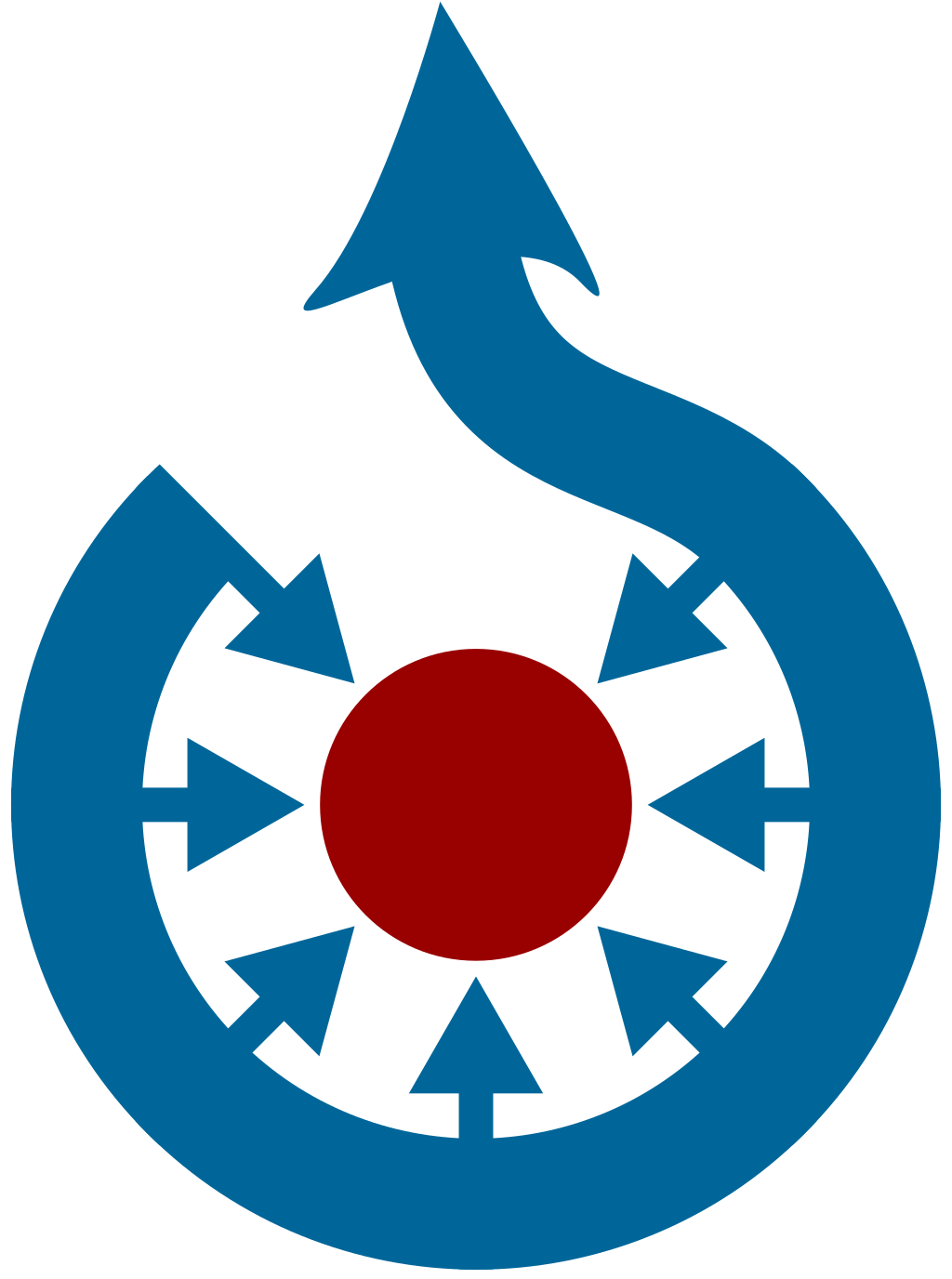
The Chariot of Phoebus
Artist/Maker
Material / Technique
Dimensionsh x w: Mått 40 x 57,5 cm
Inventory numberNM 7225
AcqusitionTransferred 2014 from Kongl. Museum
Other titlesTitle (sv): Apollo Title (en): The Chariot of Phoebus Original title: Apollo
DescriptionCatalogue raisonné: Description in Italian Paintings: Three Centuries of Collecting, Nationalmuseum, Stockholm, 2015, cat.no. 31: FORMER INV. NOS.: 208 (M. 1804); KM 865. TECHNICAL NOTES: Inscriptions verso: “208”; paper labels: “C. Cignani-Carro del Sole. Mart. 208”; “KM 865 Cignani Phoebus på sin char.utg.”; “Carlo’ Cignani 1628–(17)19 Itali(ensk) mästare. Ämne: (Phoeb)us på sin vagn ut(delar) blomster”. The support is a single piece of plain-weave linen fabric. It has been lined with glue and mounted on a non-original strainer. The ground is grey. The motif, Apollo, is oval and there are four painted black corners, making the painting rectangular. There are some paint losses, but otherwise the painting is in fair condition. Documented restorations: 1835: Restored by Heidecken; 1972: Consolidation of flaking colour, cleaning,filling, retouching, varnish. PROVENANCE: Martelli 1804. BIBLIOGRAPHY: Sander 1872–76, III, p. 111, no. 208 (as Cignani); Prytz and Eriksson 2010, p. 81 (as Cignani). Phoebus is Apollo in his role as the god of light or the sun-god in Roman mythology. In this painting he is represented distributing flowers from his biga, a two-horsed chariot, surrounded by three putti. The two horses seem to be carrying the chariot away to the left of the image, and the wind is blowing the horses’ manes and Apollo’s red cloak in the same direction. The theme of Apollo or Phoebus in his chariot is fairly frequent in Bolognese painting. The motif is already common in ancient mosaics and marble friezes, and in the early 17th century it reappears in Italian, and particularly Bolognese, painting. The most important representation must be Guido Reni’s famous fresco Aurora, in the Casino dell’Aurora of the Palazzo Pallavicini- Rospigliosi in Rome. In this ceiling painting, Guido combines the two gods, Apollo/Phoebus and Aurora, in one scene. The painting is not mentioned in the original catalogues, but is listed by Masreliez in 1810 as an addition, having already appeared in the 1804 catalogue with the number 208. The painting has an original label preserved on the reverse: “C. Cignani-Carro del Sole. Mart. 208”, as well as a later label with the description: “KM 865 Cignani Phoebus på sin char.utg.” The last word “utg(allrad)” means that the painting was weeded out of the collection in 1861 and subsequently not given a Nationalmuseum number – something that has been corrected in the aftermath of the present research project.¹ Although the present painting is not executed to a very high standard, there is no reason to question the attribution to Cignani or his studio.² Judging from the motif of Phoebus seated in a chariot on a cloud, the foreshortenings, the perspective partly di sotto in sù, and the oval shape of this small painting, it may be a sbozzo or modello for a larger ceiling decoration. Together with its companion piece, The Chariot of Aurora (NM 7226, cat. no. 32), the painting may also originally have adorned a palace interior, with the two possibly mounted as overdoors in a cabinet.³ JE 1 Prytz and Eriksson 2010, p. 81. 2 For the works of Carlo Cignani and his studio see Vitelli Buscaroli 1953; Roli 1977; Buscaroli Fabbri 1991. 3 Prytz and Eriksson 2010, p. 81.[END]
Motif categoryReligion/Mythology
Collection
Geographical origin
MaterialOil paint
TechniquePainting
Keyword









